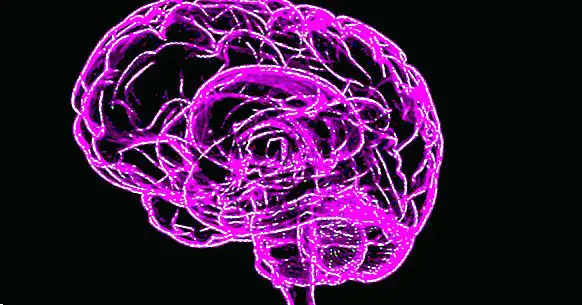Canavan disease: symptoms, causes and treatment
The inherited defects in the ASPA gene alter the myelin sheaths, which has a significant effect on the functioning of the nervous system.
In this article we will describe the symptoms, causes and treatment of Canavan's disease , name with which this alteration of neural transmission is known.
- Related article: "The 15 most frequent neurological disorders"
What is Canavan disease?
Canavan's disease is the most prevalent neurological degenerative disorder in childhood . It is a serious genetic alteration, often fatal, that causes the deterioration of myelin, a substance that surrounds the axons of neurons to facilitate the transmission of nerve impulses, so they do not propagate properly.
This disorder is included in the group of leukodystrophies, diseases associated with alterations in the development and maintenance of myelin sheaths. Other diseases belonging to this group are Alexander, Krabbe, Pelizaeus-Merzbacher and adrenoleukodystrophy.
They have differentiated Two variants of Canavan's disease: neonatal / infantile and juvenile . While the former involves more severe symptoms and is detected early, the juvenile subtype is considered a mild variant in which only modest delays in motor and verbal development may appear; It also has a better prognosis.
Many of the children with the severe variant of Canavan's disease they die before their 10th birthday . Others manage to survive until approximately 20 years, while life expectancy does not seem to be reduced in mild cases.
This disease is much more frequent in people who have a genetic heritage of Ashkenazi Jewish origin, from central and eastern Europe. This population group has been well studied by the medical community because of its high degree of inbreeding.
- You may be interested: "11 symptoms of mental illness in children"
Symptoms and main signs
Although the first symptoms of Canavan's disease Commonly appear during the first year of life , the rapid and progressive degeneration of cerebral white matter causes more severe alterations, mainly related to the loss of motor and sensory abilities.
The symptoms and signs of this disorder can vary greatly depending on whether we talk about the child or juvenile variant, as well as the particular characteristics of each case. Some of the most common are the following:
- Severe alterations in motor development
- Inability to speak
- Lack of development of the ability to crawl, walk and sit
- Increased muscle tone (hypertonia, rigidity) or decreased (hypotonia, flaccidity)
- Increase in head size (macrocephaly)
- Deficit in motor control of the head
- Reduction of visual responsiveness
- Difficulty swallowing and eating
- Appearance of epileptic seizures
- Development of paralysis
- Progressive blindness and deafness
- Problems to reconcile or maintain sleep
- Irritability
Causes of this disease
Canavan's disease occurs as a result of anomalies in the ASPA gene , which contains the information necessary to synthesize the enzyme aspartoacylase. This compound allows the metabolization of the amino acid N-acetyl-L-aspartate, probably involved in cerebral homeostasis and in the synthesis of oligodendrocytes, which form myelin.
In people suffering from this disease mutations in the ASPA gene prevent that amino acid can be processed properly. By concentrating excessively on the nervous system interferes with the formation of myelin sheaths and causes them to deteriorate progressively. Consequently, neuronal transmission is also affected.
This alteration is transmitted through a mechanism of autosomal recessive inheritance, which implies that a baby has a 25% chance of developing the disease if both his mother and father are carriers of the defective gene.
Treatment and management
At present it is not entirely clear if there are effective methods to treat the genetic alterations that cause Canavan's disease. Because of this the treatment is basically symptomatic and supportive and it depends on the concrete manifestations of each case.
Swallowing difficulties can be very problematic; In some cases it is necessary to apply feeding and hydration probes to ensure patient survival. The care of the respiratory tract and the prevention of infectious diseases are also particularly important.
Physical therapy is very useful to enhance motor and postural abilities of children with Canavan disease. It can also relieve contractures, which are very frequent due to alterations in muscle tone.
Interventions are more effective if they begin to be applied at an early stage of the development of the affected children, since in this way it is possible to minimize to some degree the appearance or progress of some of the symptoms, such as muscle and related symptoms. the communication.
Currently there are treatments in experimental phase that focus on genetic alterations and metabolic associated with defects in the ASPA gene. These therapeutic approaches require more research, although they are providing promising data for the future management of Canavan disease.



















